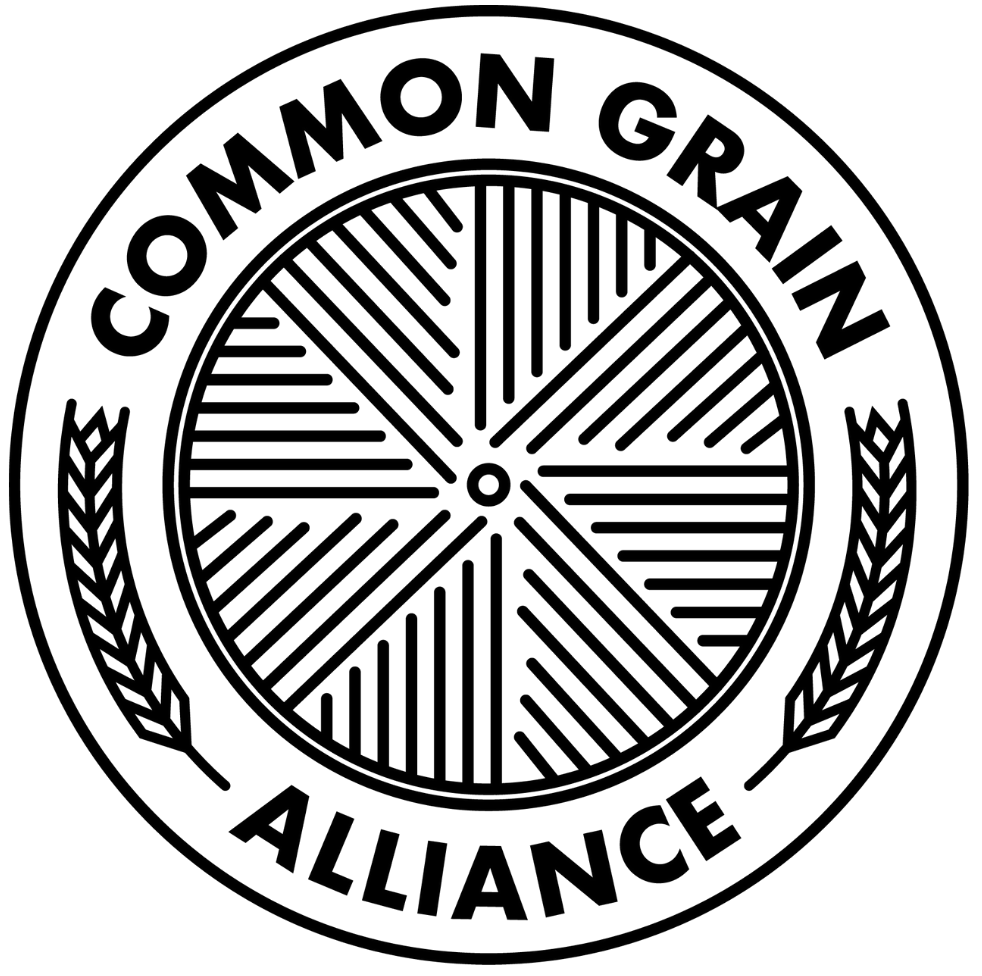Post-Harvest Cleaning of Food-grade grain - Part 1
CGA member David Sachs inspecting the harvest at his on-farm cleaning facility at Grapewood Farm. Source: B. Shorofsky.
An invisible, but essential, part of the grain value chain is cleaning. Most grain comes out of the combine or other harvester mixed with some unwanted things; getting rid of them without losing too much grain in the process is one goal. Another, more sophisticated, goal of cleaning is to grade the grain, so you can sort your harvest into categories that will find different end uses (and corresponding price points). In our network, farmers are largely responsible for adequately cleaning their grain for food use, but there are some mills, like Migrash Farm in Maryland, that will buy uncleaned grain. At CGA we dream of being able to provide centralized and/or mobile custom cleaning services, but until we get there, if you need help cleaning your crop, many of our members are happy to do occasional custom cleaning to help out a neighbor. Contact us and we can refer you to someone close by.
What are some of the things you might want to clean out of your harvest?
Weed seeds: Unless you are a genius at cultivation, there will be weed seeds mixed with your crop. This is especially true if you follow the good soil health practices that we advocate. Most weed seeds aren’t poisonous, but they do impact flavor (hairy vetch, I’m looking at you). Luckily, cleaning them out seems to be relatively straightforward.
Grit, stones, dirt, and dust: This is a particular problem in mechanical harvesting of beans, since combine headers have to be set low to the ground to grab low pods. It is also an issue if you have a crop lodge (fall over), which, thanks to early summer thunderstorms, is not an unusual scenario around here. Again, a combine can pick up a lodged crop, but it will also pick up stones and dirt.
Diseased grains: Seeds that are infected with a disease will have different physical properties (like density and color) that can be used to separate them from healthy seeds. This is especially important in the Mid-Atlantic for dealing with the ubiquitous Fusarium infections, whose residual vomitoxins can ruin your crop if they aren’t cleaned out.
Chaff, straw, and debris: No combine or thresher is perfect, so there will be some debris left behind. The main problem with this is that it can lead to mold in two ways. First, it interferes with grain drying because the small particles impede airflow. Also, it can still have moisture in it (as with grain sorghum).
Broken, damaged, and immature grains: Shattering is more common in buckwheat, and older strains of cereals, but these should be removed for the same reason as other debris–they interfere with drying.
Hulls and beards: Some crops require an extra step (past threshing) to remove hulls (as in oats, rice, and spelt) or beards (as in barley) so you can access the grain, although some applications (like malting) don’t require this step.
Did I miss anything? Let me know in the comments!
There is a bewildering array of equipment (or, for gardeners, methods) available to achieve these goals, each of which is designed around a physical feature of grain, like size, density, color, weight, etc. To start exploring, here are two companies that sell everything from table-top to industrial size cleaners. I have a lot to learn about what equipment works for which application, which I will pass on in future posts. In the meantime, for those of you who clean your grain, what is your favorite piece of cleaning equipment, and why?
This material is based upon work that is supported by the National Institute of Food and Agriculture, U.S. Department of Agriculture, under award number 2019-38640-29878 through the Southern Sustainable Agriculture Research and Education program under subaward number LS20-327. USDA is an equal opportunity employer and service provider. Any opinions, findings, conclusions, or recommendations expressed in this publication are those of the author(s) and do not necessarily reflect the view of the U.S. Department of Agriculture.



